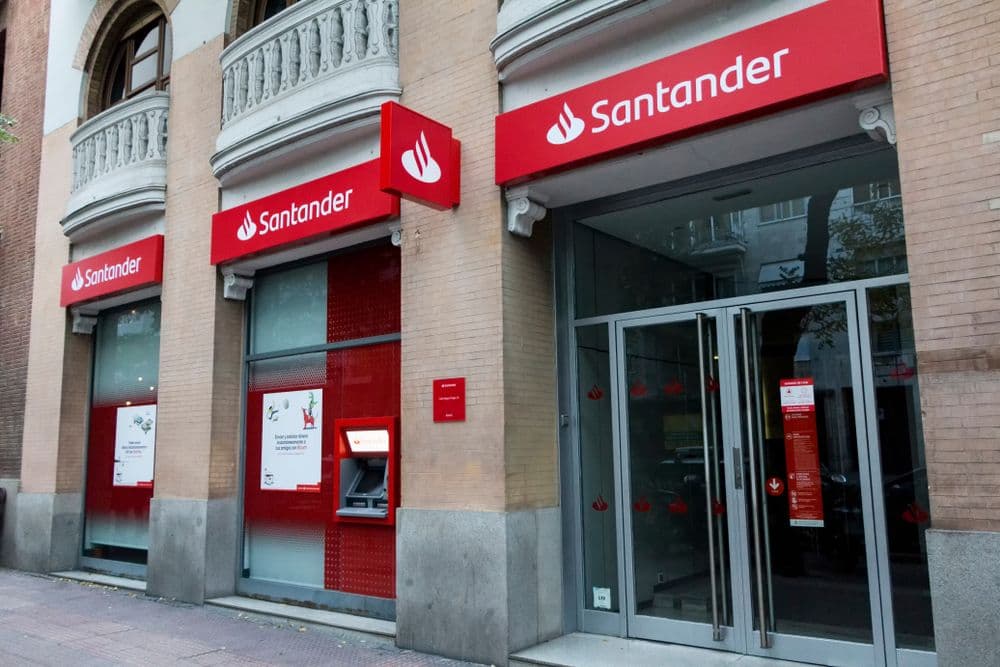Banco Santander is exploring a deeper move into the digital asset space, including preliminary efforts to issue a stablecoin and expand crypto services for retail customers through its online banking arm, Openbank.
This comes as Europe’s traditional banking sector begins positioning itself for growth under the EU’s newly implemented Markets in Crypto-Assets (MiCA) regulation.
According to individuals familiar with internal discussions, Santander is assessing the issuance of euro- and dollar-denominated stablecoins and has begun the licensing process necessary to offer crypto services to retail clients in multiple European markets. These efforts remain in early stages and are contingent on regulatory clearance.
This marks a broader trend across the continent, where established financial institutions - previously hesitant or outright dismissive of crypto - are starting to engage with tokenized financial infrastructure and blockchain-based payments.
Santander’s initiative follows a similar move by rival BBVA and mirrors the growing institutional interest seen in the U.S., where recent political and legislative shifts have revived momentum around stablecoins.
Stablecoins Gain Institutional Traction
Stablecoins - blockchain-based tokens pegged to fiat currencies - have become a focal point for banks and payment providers. Once used primarily by crypto traders as a liquidity tool, stablecoins are increasingly leveraged for cross-border transfers, settlement of digital assets, and alternative payment channels. Their rapid growth - now topping $250 billion in circulation - has drawn attention from global financial players.
Tether, the largest stablecoin issuer, exemplifies the business model many banks are now eyeing. Its dollar-pegged token generates billions in yield from the U.S. Treasuries backing it. While most stablecoins to date are issued by private crypto-native companies, regulated financial institutions see potential in developing their own variants that align with upcoming legal frameworks like MiCA.
Santander is reportedly evaluating both in-house issuance and partnerships with existing providers. Offering stablecoins denominated in both euros and dollars could align with the bank’s presence in Latin American markets - where dollar-linked digital currencies are often preferred due to local currency instability - as well as with its European base, which is increasingly covered under harmonized EU crypto regulations.
The bank’s digital unit, Openbank, is expected to be the vehicle for this expansion. Already operating in Spain, Portugal, the Netherlands, and Germany, Openbank has applied for the necessary authorizations to offer crypto services under MiCA. These licenses would permit it to operate as a regulated virtual asset service provider (VASP), allowing custody, exchange, and possibly stablecoin issuance within a compliant framework.
Openbank’s services could launch as soon as this year, pending approval. That would place Santander among the first major European banking groups to offer retail-facing crypto products directly under MiCA. The regulatory framework, which came into effect in 2024, standardizes licensing and compliance obligations for crypto services across the EU.
European Banks Move In
Santander’s strategy is part of a wider wave of interest from European banks in regulated digital asset products. BBVA has already obtained approval from Spain’s market regulator to expand its crypto offerings domestically, following earlier rollouts in Switzerland and Turkey.
It is also working with Visa on a programmable money platform to issue digital tokens.
Meanwhile, France’s Societe Generale has issued a euro-denominated stablecoin via its crypto subsidiary. Germany’s Deutsche Bank, through its asset management arm DWS Group, has partnered with Flow Traders and Galaxy Digital to launch another euro-backed stablecoin initiative.
These developments suggest growing competition to establish compliant, euro-denominated token infrastructure as a strategic layer in Europe’s financial markets.
U.S. Parallels and Stablecoin Growth Projections
While the EU’s MiCA framework is driving regulated adoption in Europe, similar trends are unfolding in the U.S., albeit through a more fragmented legislative process. A recent Senate push for stablecoin legislation has renewed interest among U.S. banks, some of which are reportedly exploring a consortium-issued token.
According to a Standard Chartered forecast, dollar-linked stablecoin circulation could balloon to $2 trillion by 2028 if regulatory clarity is achieved.
In a high-profile example of this momentum, the Trump-affiliated World Liberty Financial earlier this year launched a stablecoin named USD1, underscoring the political shift in tone around digital currencies in the U.S. This convergence of political will, private sector investment, and regulatory effort is creating a more conducive environment for traditional institutions to participate in the sector.
Santander’s Blockchain Footprint
Though its crypto retail services are new, Santander has been active in blockchain initiatives for years. The bank was an early investor in Ripple through its venture arm and has participated in enterprise-level consortia such as Fnality, a blockchain payments firm backed by a consortium of major banks. Santander has also piloted tokenized bond issuances and integrated distributed ledger technology in internal operations.
Notably, nearly a decade ago the bank launched a blockchain-powered payments app, positioning it ahead of many competitors in experimenting with real-world applications of the technology. The new stablecoin and retail crypto plans represent a natural next step in extending those capabilities to consumer-facing products under regulatory oversight.
The stablecoin exploration signals a shift away from speculative crypto engagement and toward tokenized infrastructure that can complement or streamline existing financial services. Stablecoins offer banks the opportunity to reduce cross-border payment costs, integrate programmable financial contracts, and eventually support tokenized asset settlement, including securities and real-world assets.
However, Santander’s potential entry into this space comes amid ongoing scrutiny. Regulators remain cautious about systemic risks, the quality of stablecoin reserves, and investor protection. The bank will likely proceed conservatively, ensuring any rollout is tightly aligned with MiCA’s framework and local regulatory interpretations.
Still, the combination of regulatory green lights, growing consumer interest, and a competitive financial services market suggests that stablecoins will become a defining feature of digital banking in the EU. Santander’s deliberations may be early, but they are part of a larger shift already underway across European finance.

